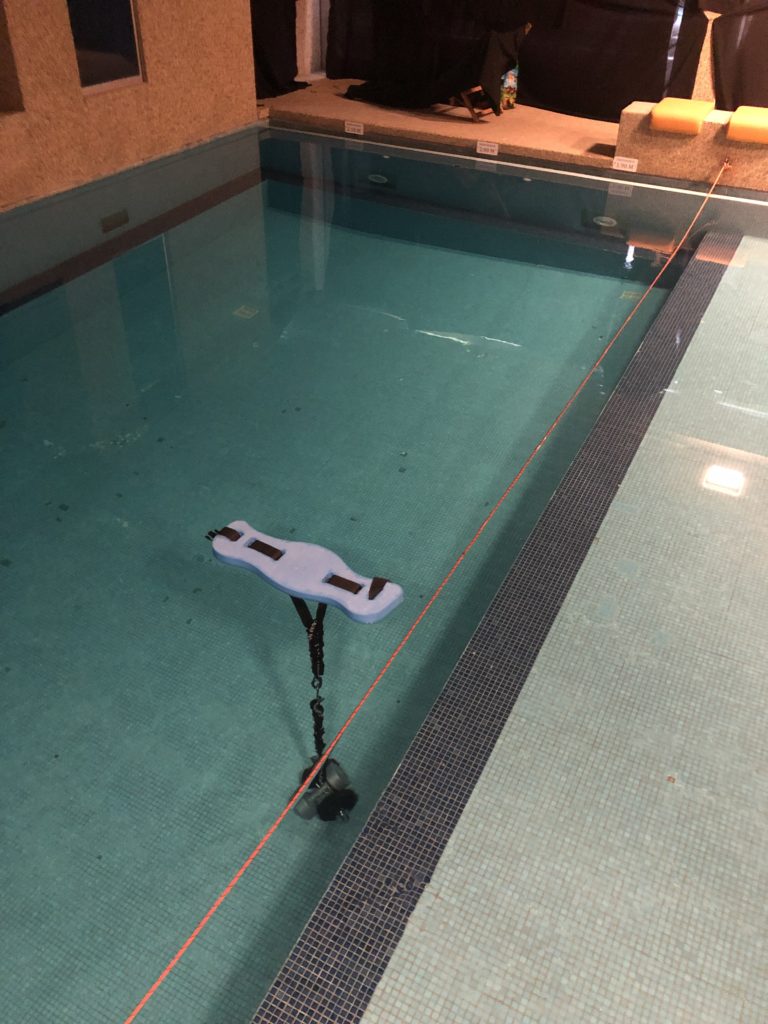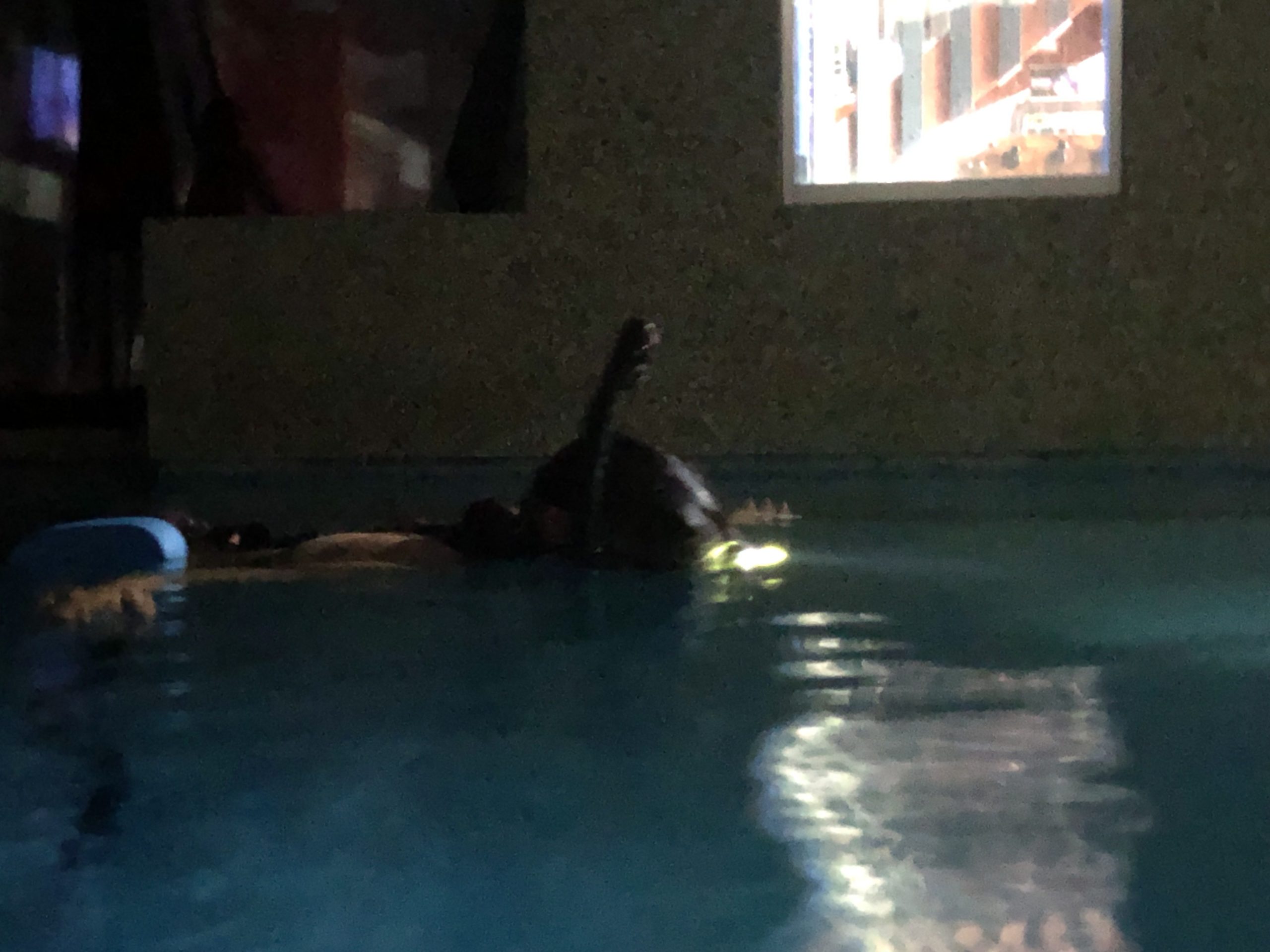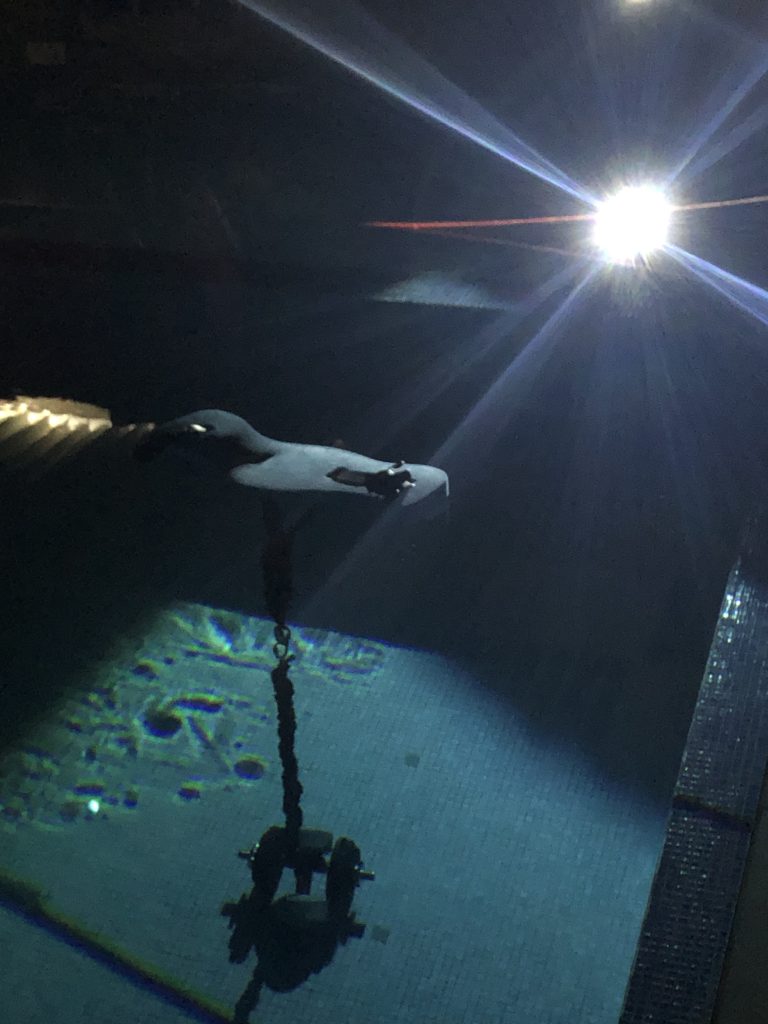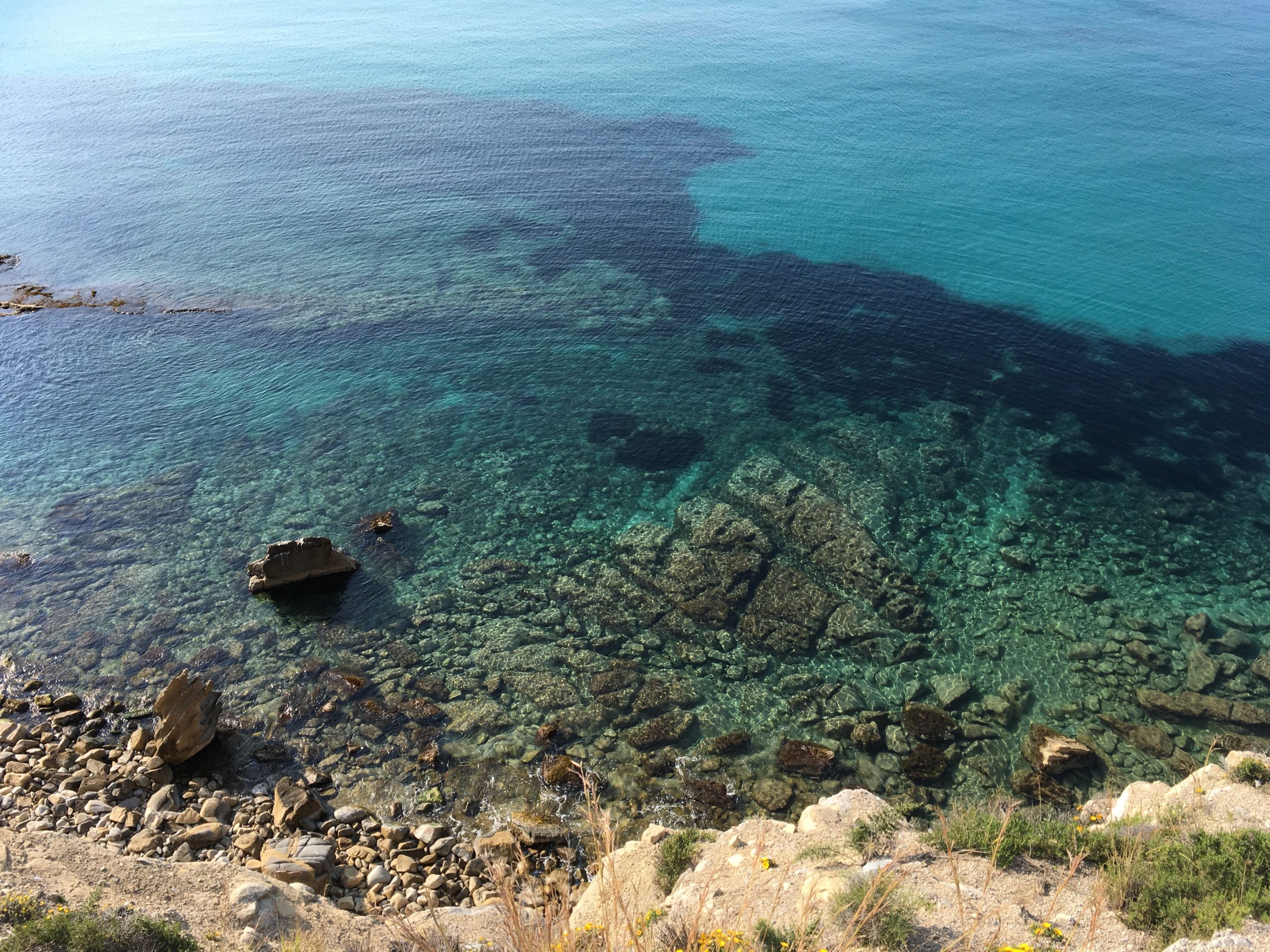Sea of Tranquility – Snorkeling VR by Pierre Friquet
During the World XR Forum this year in Crans Montana I helped Pierre Friquet with his Sea of Tranquility VR Experience. This VR experience was unique in that it required you to be either in your swimming clothes, your underwear or other.

This was a VR experience where you went from being outside where the temperature was descending to winter temperatures to what felt like a warm room when dressed but comfortable when wet.
The experience is simple. You change from your conference clothes into your swimsuit and step into the pool. You stood on a ledge with a depth of just 75 centimetres and received a short briefing. “Are you familiar with snorkelling?”, “Are you familiar with VR?”. They then stepped towards the rope and a tethered floatation belt was brought to them. They placed the belts around their hips and when ready the VR headset was placed on their head, the snorkel was placed, and then a headlight. “When you’re ready to let me know and I will start the video”.

As the video started to play those experiencing The Sea of Tranquility VR experience leaned forward and assumed a horizontal position and floated towards the deep part of the pool. From here they could look down. They went from being in a room if they looked down and started their trip towards the moon.
The audio they could hear was mission audio from Appollo 11. They could turn their head if they quickly wanted to look around but they could also turn by thrusting with their arms either left or right. Instead of a swivel chair or a wheelchair, their support was water.
I personally tried the experience once when tethered and then again when free. During this experience I wanted to swim down and so did others. Two others and I tried the experience untethered as well. The desire to dive down was strong so two of them did.
In one case I saw that a person was uncomfortable with snorkelling so I brought her back to the shallow part of the pool and she enjoyed it. Usually, this VR experience is in 1m20 of water and here people were in 2 meters of water. That’s why I brought the person who looked uncomfortable to the shallow end of the pool.

The torch that people wore on their head added to the experience. As they watched the video and moved in the water so their head turned, and as their head turn you could see that they were looking around. When two people were in the water at once it was quite entertaining.
When some people finished the experience they were so absorbed by the video and the VR experience that they needed to re-acclimatise to reality. In one case it took several minutes.
In several cases, people tried the VR experience and then went for a swim. In one case I did several laps with another person and that was one highlight of the event. It’s the third time I go as a volunteer to this event and I think that between sleeping in a bomb shelter, helping people experience VR in water and by having regular meals this is the best World XR event I have experienced to date.
As a bonus, some of us got to try two other VR experiences. One of them was floating through the ISS but the one I really liked was the scuba diving demo video. In this VR video, you are descending a slope and as you look right and left you to see fish, sharks, a wreck and more. At one point you get to the end of the slope and get to a wall. You float over the wall and then you’re in the water with three whales. As a diver, this sensation was familiar, as was looking around like this.
I really like snorkelling VR experiences and I would love to experience one with scuba equipment. Imagine being underwater, rather than floating on the surface. Imagine being able to dive down and experience the depth, as well as weightlessness.


